Qatari Artists Bridge Cultures, Inspire Dialogue at Art Exhibition in the Nation’s Capital
On May 8, 2018, the Qatar-America Institute (QAI), in partnership with Reconnecting Arts, hosted the premiere for the exhibition “Ruwad: the Pioneering Contemporary Arts of Qatar” in downtown Washington, DC.
Ruwad, meaning “pioneers” in Arabic, is a collection of both established and up-and-coming Qatar-based artists that are transforming the artistic landscape in the region. From painting, to photography, to installation pieces, Ruwad presents the leading visionary minds of Qatar whose creative works continue to inspire and promote the cultural richness of the region.
The opening reception for Ruwad included many prominent Washingtonians, such as curators from top museums, well-known local and foreign artists, and VIPs highly influential in the arts scene.
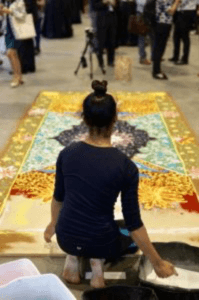
Artist Emelina Soares provided a live demonstration of her sand carpet art to the guests in attendance.
The premiere was a festive event complete with the full art exhibition on display, live traditional Middle Eastern music and remarks provided by former U.S. Ambassador to Qatar and Chairman of the Board of Directors for QAI, Mr. Chase Untermeyer. Mr. Untermeyer noted that a “core component of QAI’s mission is to promote a platform for cultural exchange between the U.S. and Qatar. We celebrate these artists not only as pioneers in the arts, but also as pioneers in the growing bond between both nations.”
Qatar-based artist Emelina Soares, an artist of Indian descent who was born and raised in Doha, treated guests to a live demonstration of her sand carpet work which bridges both of her identities in a vividly colorful fashion. “Art as a medium intrinsically connects people,” Soares remarked, “Representing the works of a diverse group of artists from Qatar demystifies many notions about the Middle East and Muslims in general.”
Also present at the event were three other artists whose work is part of the Ruwad collection, some visiting the United States from Qatar for the first time. These artists were Jameela Al Shraim, a former art teacher turned painter and sculptor; Hayfaa Al Khuzai, a former art teacher whose paintings are reflective of Qatari heritage; and Khalid Al Hammadi, a Qatari photographer whose images capture the changing identity of Qataris living in Qatar. “This opportunity to facilitate cross cultural dialogue is much needed in this current climate,” Al Hammadi noted, “I am honored to be part of this exhibition, both through Reconnecting Arts as a partner as well as a Qatari artist.”
The Ruwad exhibit will be open to the public from May 9th to May 15th at a pop-up gallery located at 1643 Connecticut Ave. NW in Washington, DC.
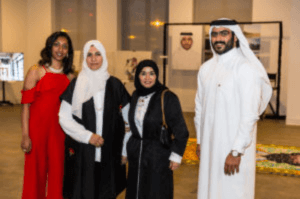
The four Ruwad artists in attendance at the premiere
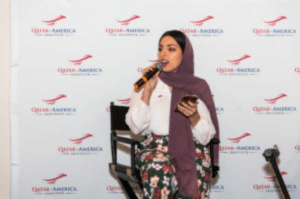
Aisha Al Zaini performing some songs
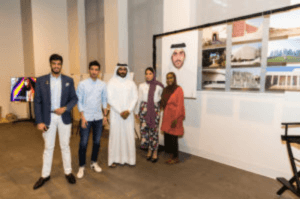
Khalid Al Hammadi poses with some guests by his work
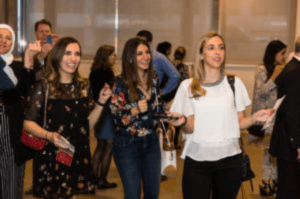
Guests were treated to some traditional Middle Eastern music
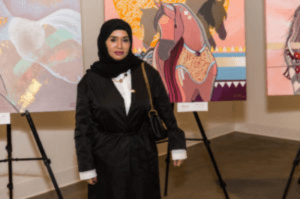
Jameela Al Shraim posing with her work
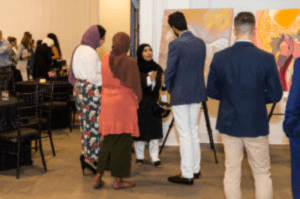
Jameela Al Shraim chatting with guests
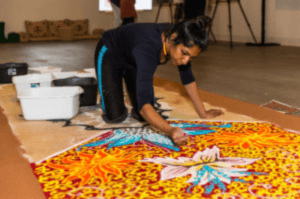
Artist Emelina Soares crafting her sand carpet by hand
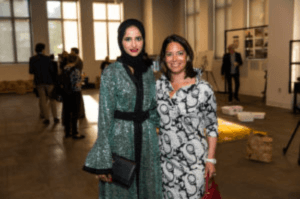
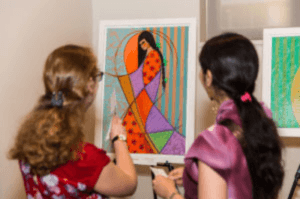
Guests viewing the works of Hayfaa Al Khuzai
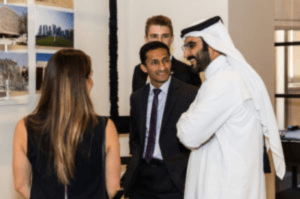
Photographer Khalid Al Hammadi chatting with some guests
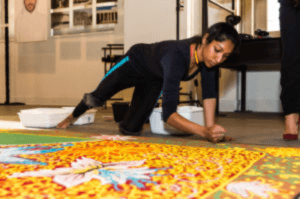
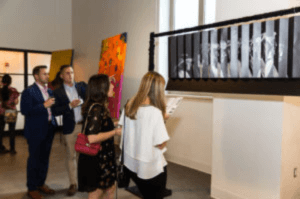
Guests admiring the works of some of the Ruwad artists

Artist Jameela Al Shraim taking a photo with guests
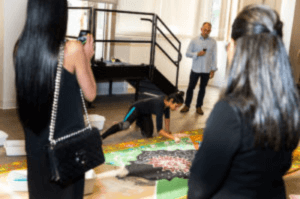
Emelina Soares being observed by onlookers
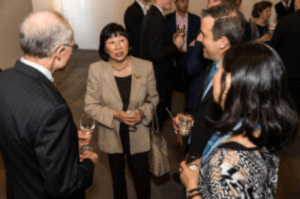
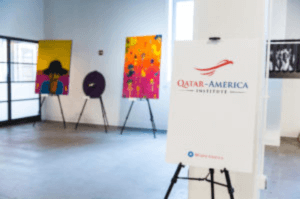
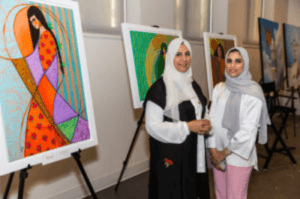
Hayfaa Al Khuzai and her daughter
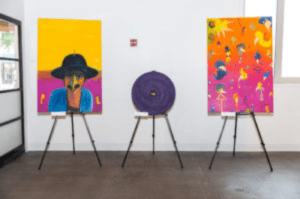
Works of artist Fatima Mohammed
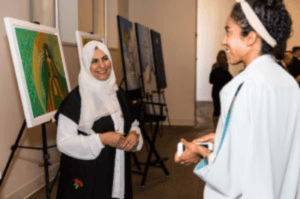
Artist Hayfaa Al Khuzai chatting with a guest
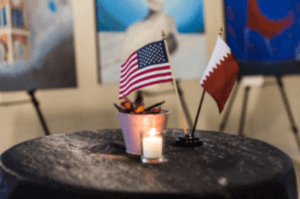
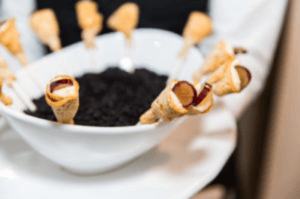
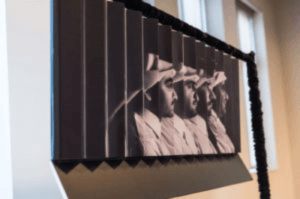
Photographer Aisha Al Ansari’s piece called “Qatari Generations”
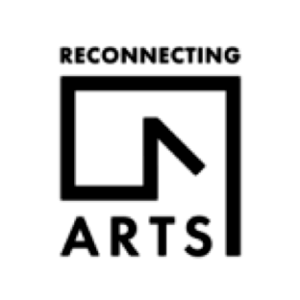
About Reconnecting Arts:
Reconnecting Arts is a platform supporting emerging contemporary Middle Eastern creatives. Its aim is to increase the visibility of Arab emerging creatives in the region as well as internationally through exhibitions, features, magazines and workshops. Their mission is to provide opportunities for a network of creatives and the community to Reconnect with each other, to provide opportunities for audiences to learn about and participate in activities that encourage integration, and to facilitate cross-cultural dialogue.
(Header image provided by Albert Ting)

